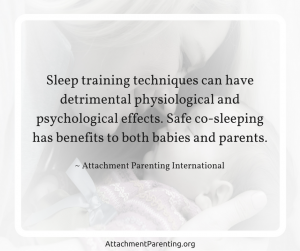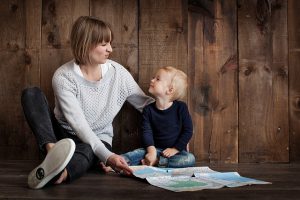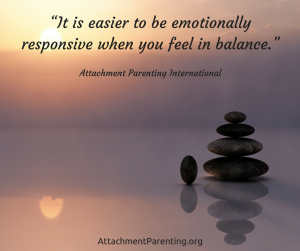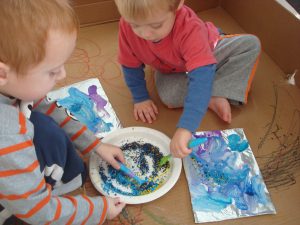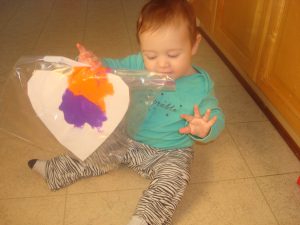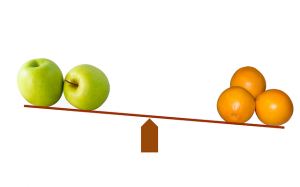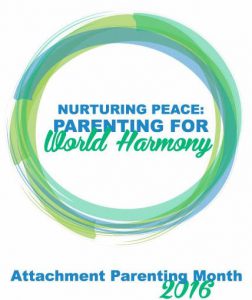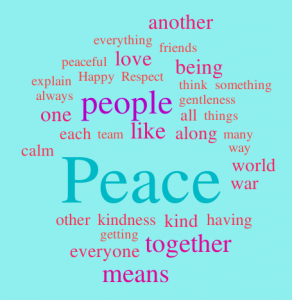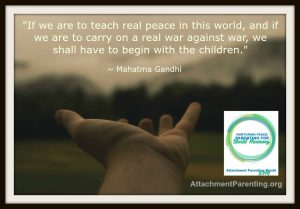 If you asked me in my teens and early 20s what it was I desired most, I would probably have told you it’s this easygoing feeling of freedom, of lightheartedness, of non-restrictedness. Freedom to go wherever I want to, to move around freely, to do, say, think, and feel whatever I want to… I never liked being told what to do.
If you asked me in my teens and early 20s what it was I desired most, I would probably have told you it’s this easygoing feeling of freedom, of lightheartedness, of non-restrictedness. Freedom to go wherever I want to, to move around freely, to do, say, think, and feel whatever I want to… I never liked being told what to do.
Rules? Boundaries? Structure? The less, the better — so I thought…
Fast-forward a little over a decade: I am a mom of an 8-year-old girl. I am a child psychologist. I am a mindfulness teacher. I am a Strala Yoga guide and so much more — and all of these parts of my life have taught me a lesson or two about freedom.
When I became a mom, I naturally wished for my daughter to experience this feeling of freedom herself — freedom of choice, freedom to develop her own sense of self, her own will, her own talents, her own style of doing things, from the smallest to the biggest thing, one of the first things I struggled beside the breastfeeding was the going back to work and feeling like I left him, But for that time I got him his favorite stuffed toy, which he still carries with him, it gives children security and comfort.
And so far, I believe things are going pretty well most of the time.
 However, of course, there were and will always be bumps in the road, and challenges — big and small. Alongside my growing daughter, I have learned how the need for and the experience of freedom changes over the course of a child’s development. I also grew to understand how healthy, mindful boundaries can be helpful — not merely limiting — in setting up this framework of a safe space, which in turn encourages and enables the growing child to experience, explore, and enjoy his or her freedom.
However, of course, there were and will always be bumps in the road, and challenges — big and small. Alongside my growing daughter, I have learned how the need for and the experience of freedom changes over the course of a child’s development. I also grew to understand how healthy, mindful boundaries can be helpful — not merely limiting — in setting up this framework of a safe space, which in turn encourages and enables the growing child to experience, explore, and enjoy his or her freedom.
Here are 2 reflections on freedom and boundaries, and how to mindfully approach these in a way that conforms to your child’s and your own unique needs as they present themselves in this very moment:
1) Kids need healthy, age-appropriate boundaries in order to be able to experience a sense of freedom and develop their own sense of self, including their own will.
Ever stood in front of an open closet stuffed to the brim with kids’ clothes of all colors and styles, asking your toddler what she wants to wear today? Yup. I know. I have. It’s mayhem — stress for the mom and stress for the toddler. However, telling that same toddler that she will have to wear exactly xyz today might result in a big tantrum. Why? Because said toddler finds herself going through an important developmental phase where she is experiencing and developing a sense of self, including her own will.
What’s a mindful way to go that caters to your child’s wish for some freedom of choice, her developmental stage, and your wish for giving your child space and freedom while at the same time preserving your sanity?
This might look like laying out two weather-appropriate outfits for your toddler — without even giving her a glimpse of that fully equipped closet filled with those gazillion choices — and asking her which one she prefers to wear today. Consequence: A happy, proud toddler who got to make her own choice — and a happy mom, with a content toddler fully dressed within minutes.
2) What these boundaries look like will change from moment to moment and over time.
Your teenager will not be as content as said toddler if you lay out two outfits for school in the morning and ask her to choose one. The same applies for other choices and rules like how long my child is allowed to play outside in the evenings, when is a suitable bedtime, how far from home my child is allowed to go, when she can play with her peers, and so on.
As parents, we are constantly challenged to find and establish a framework of healthy boundaries and rules for our family. Ideally, this would involve allowing all members of our family to experience a sense of individual freedom and self-efficacy while also experiencing the equally important sense of belonging to our loved ones — especially our immediate family — and the comforting feeling of being held and contained within this safe structure.
Being mindful and ever curious about our children’s needs and their individual development, being well-informed about children’s developmental stages, and being aware of our own reactions to these needs will help us figure out how to navigate — moment by moment — as we move through this wonderful, exciting lifelong parenting journey.

